If approved, Vietnam Railways Corporation (VNR) and railway industrial establishments will establish a joint venture with foreign partners to operate in the railway industry with a controlling capital contribution ratio.
Establishing a joint venture to develop the railway industry: The direction is gradually becoming clearer
If approved, Vietnam Railways Corporation ( VNR ) and railway industrial establishments will establish a joint venture with foreign partners to operate in the railway industry with a controlling capital contribution ratio.
First Instructions
There have been initial instructions from the Ministry of Transport (MOT) - the state management agency specializing in transport - regarding VNR's proposal to establish a joint venture to develop the railway industry.
In Official Dispatch No. 12205/BGTVT - QLDN sent to VNR early last week, the Ministry of Transport said that the authority to submit to the Prime Minister for approval of the policy of establishing a joint venture with foreign investors to develop the railway industry belongs to the authority and responsibility of the representative of the state owner. Therefore, the Ministry of Transport requested VNR to complete the proposal to establish a foreign joint venture to develop the railway industry, submit it to the Committee for Management of State Capital at Enterprises for consideration, and submit it to the Prime Minister for approval of the policy.
“The report needs to clarify the current technological level in VNR’s railway industry, the production and business lines of the joint venture; the level of product participation and the localization rate that VNR participates in the joint venture,” said Mr. Nguyen Danh Huy, Deputy Minister of Transport.
Regarding the proposal for the Prime Minister to direct ministries and branches to develop a specific pricing mechanism for railway industrial establishments when establishing joint ventures, the Ministry of Transport requested that VNR study, determine, evaluate the necessity and propose specific proposals on a specific pricing mechanism, thereby recommending that the Prime Minister direct ministries and branches to develop mechanisms and policies suitable to reality and ensuring compliance with legal regulations.
According to the Ministry of Transport's calculations, investment in high-speed railways will create a construction market worth about 33.5 billion USD. Including the national railway system, urban railways will create a construction market of about 75.6 billion USD, vehicles and equipment of about 34.1 billion USD (locomotives and carriages of about 9.8 billion USD; signalling and information systems and other equipment of about 24.3 billion USD) and millions of jobs.
According to the assessment of the Ministry of Transport, currently, the law on ordering and related laws do not regulate ordering and underwriting of railway industrial products; railway industrial products are commodities on the market that need to meet quality requirements and prices must be competitive, according to market rules.
“Therefore, VNR needs to clarify the difference between railway industrial products and regular goods to make proposals for ordering and consuming products,” the leader of the Ministry of Transport noted.
Previously, at the end of September 2024, VNR sent a document requesting the Ministry of Transport to report to the Prime Minister on the policy of establishing a joint venture to develop the railway industry.
Specifically, VNR wants the competent authority to allow this enterprise and railway industrial establishments and foreign partners to establish joint ventures operating in the railway industry with a controlling capital contribution ratio.
In order for this VNR+ joint venture to stand firm when it comes into operation, and at the same time attract big domestic and foreign mechanical names into the railway mechanical industrial complex, VNR proposes 3 specific mechanisms.
Firstly, ministries and branches need to develop a specific pricing mechanism for railway industrial establishments when establishing joint ventures; the State will place orders and purchase products for joint ventures within a certain period of time.
Second, adding railway industrial products as key mechanical products is regulated in the Draft Law on Production of Key Industrial Products.
Third, build a mechanism for land and asset valuation of railway enterprises to increase enterprise capital, bring advantages and ensure the rights of Vietnamese enterprises in participating in joint ventures and associations with foreign partners to develop the railway industry.
Shaping domestic railway mechanical products
According to Mr. Dang Sy Manh, Chairman of VNR Board of Directors, the railway industry in general is still limited. Currently, there are 33 VNR establishments nationwide participating in the railway industry.
VNR's mechanical facilities only meet the basic needs of repairing and replacing the existing railway system in the country, there are no export products, and no electric traction locomotives (due to the lack of new electrified lines). The construction of new specialized container freight cars, covered freight cars, passenger cars, etc. has not met the transportation needs. Machinery and equipment are old and outdated, and have not been invested in or upgraded to suit the development needs.
In addition, the quality of human resources at these mechanical facilities is not high, both weak and lacking. Capital and assets are still small, the financial situation is facing many difficulties because the market for railway industrial products is still limited and cannot compete with imported products.
The Chairman of VNR said that in recent times, the Corporation has actively worked with foreign partners from countries with the world's leading railway industries to learn about railway industry development.
During the contact process, the partners were interested in establishing joint ventures with Vietnamese railway industrial establishments. In the immediate future, they will renovate and build manufacturing facilities, assemble locomotives and carriages, and produce spare parts with a localization rate of 40-60%.
In the next phase, the joint venture will strongly develop self-propelled trains (EMUs) for domestic and suburban passenger transport; focus on developing the industry of building new train cars for domestic consumption, aiming at exporting to countries in the region; produce railway spare parts and materials (rails, sleepers, accessories, switches, traction power supply systems, information, signals, etc.).
“This is one of the first steps towards autonomy, aiming to participate more deeply in becoming a supplier of materials and mechanical spare parts for the North-South high-speed railway project, as well as urban railway lines in Ho Chi Minh City and Hanoi,” said Mr. Dang Sy Manh.
Source: https://baodautu.vn/lap-lien-doanh-phat-trien-cong-nghiep-duong-sat-ro-dan-phuong-huong-d230430.html



![[Photo] Prime Minister Pham Minh Chinh and Prime Minister of the Kingdom of Thailand Paetongtarn Shinawatra attend the Vietnam-Thailand Business Forum 2025](https://vphoto.vietnam.vn/thumb/1200x675/vietnam/resource/IMAGE/2025/5/16/1cdfce54d25c48a68ae6fb9204f2171a)









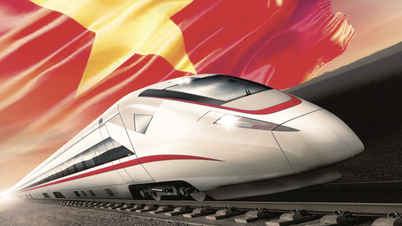



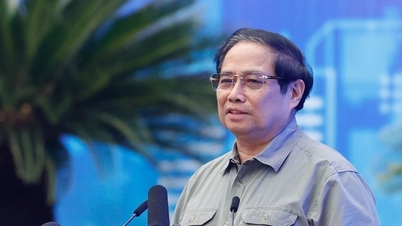

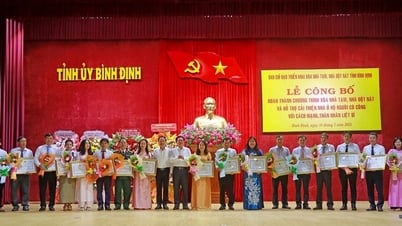

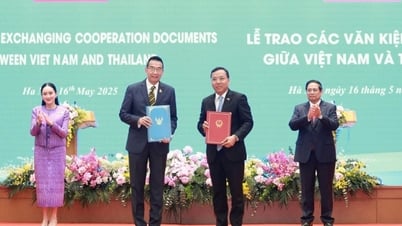

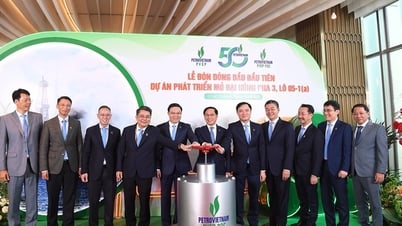

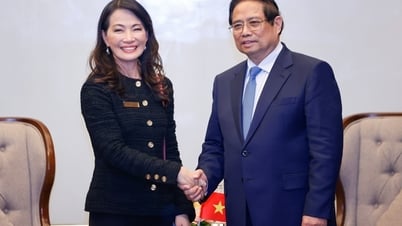
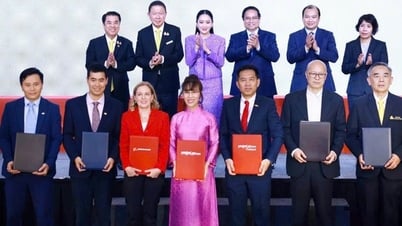
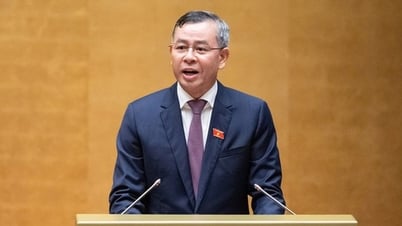









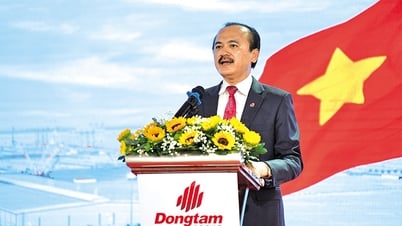
![[Photo] President Luong Cuong receives Prime Minister of the Kingdom of Thailand Paetongtarn Shinawatra](https://vphoto.vietnam.vn/thumb/1200x675/vietnam/resource/IMAGE/2025/5/16/52c73b27198a4e12bd6a903d1c218846)







































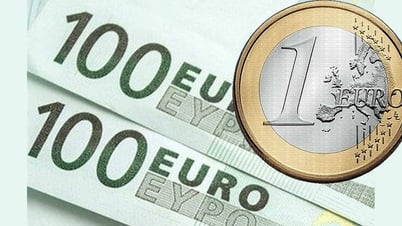

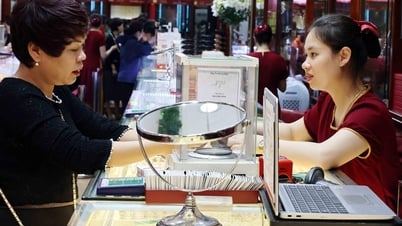


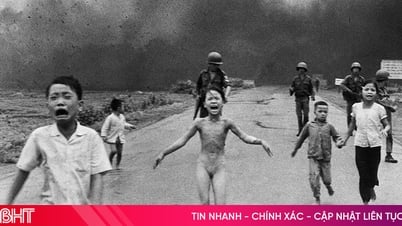
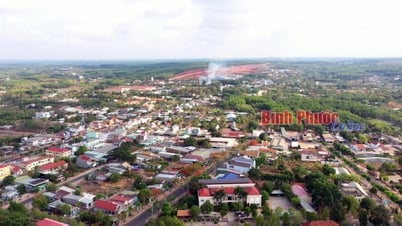

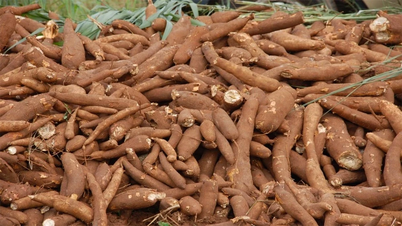












Comment (0)